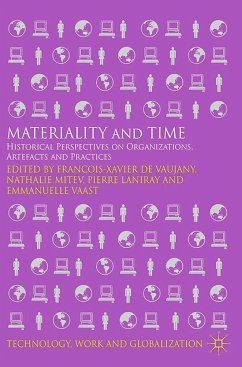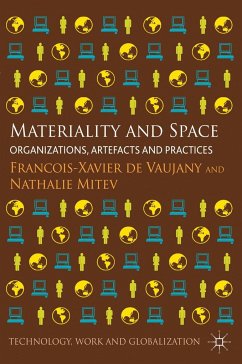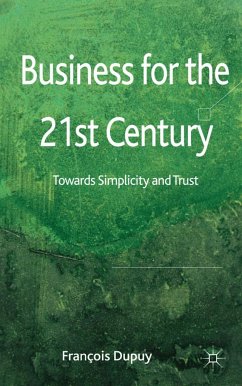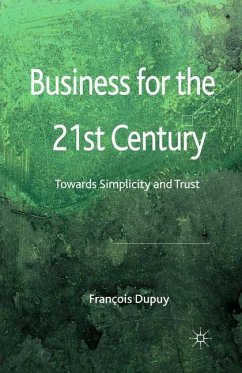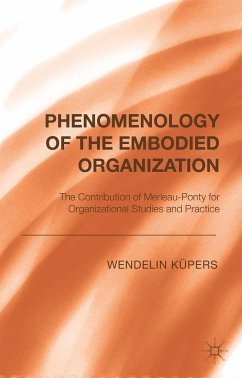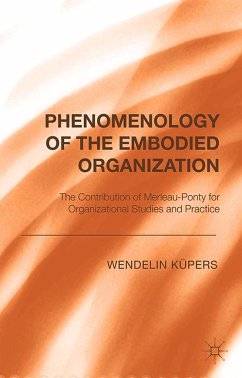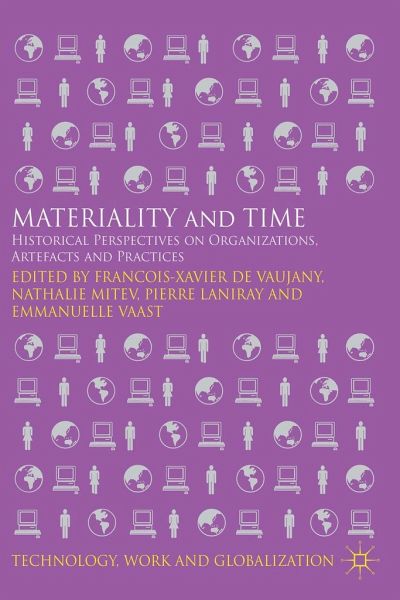
Gebundenes Buch
Materiality and Time
Historical Perspectives on Organizations, Artefacts and Practices
Herausgegeben: Loparo, Kenneth A.; Mitev, Nathalie; Laniray, Pierre; Vaast, Emmanuelle
Versandkostenfrei!
Versandfertig in 6-10 Tagen
Weitere Ausgaben:

PAYBACK Punkte
38 °P sammeln!




The book explores how time is materialized and performed in organizations; examines how organizations and organizational members are constituted by and constitutive of material artefacts; and reflects on what a historical perspective on these materializations can bring to the study of organizations.
Pierre Laniray is a PhD candidate at Université Paris-Dauphine having obtained a Masters in Political Science and a Masters in Business Consulting and Information Technologies. Grounded in organization theory and information systems, his current research looks at the sociomaterial aspects of professional identity (or workplace identity). His teachings relate to management of information systems and strategizing with ICT. Nathalie Mitev is an Associate Professor at the London School of Economics, Information Systems and Innovation Group, Department of Management and has held prior positions at Salford University in Manchester and City University Business School in London. Her research focuses on the organizational aspects of information systems and technology, particularly from a sociological and political perspective. She has published critical work in management studies, including the Journal of Management Studies, Management Learning, and Personnel Review, and information systems, such as the European Journal of Information Systems, the Journal of Information Technology, Information Technology and People, The Information Society, and Information Technology for Development. She is a visiting professor at the Ecole de Management de Strasbourg and the Institut d'Administration des Entreprises at Grenoble University. Emmanuelle Vaast is an associate professor of information systems atthe Desautels Faculty of Management of McGill University. She received her Ph.D. from Ecole Polytechnique, France. Her research questions practices and their transformations at the individual, community, network, organizational, and field levels, especially as they relate to innovations and the introduction of new technologies. François-Xavier de Vaujany is professor of management and organization studies at Université Paris-Dauphine, France. His research focuses on the relationship between space, artefacts and practices in organizations, in particular (but not exclusively) in the context of ICT-related practices. His main ongoing research explores the relationship between spatial practices and legitimacy (in particular for global universities or business schools), information and sociomaterial practices, or fashion cycles in the adoption of IT by organizations (through the ethnographic analysis of tradeshows in France and Spain).
Produktdetails
- Technology, Work and Globalization
- Verlag: Palgrave Macmillan / Palgrave Macmillan UK / Springer Palgrave Macmillan
- Artikelnr. des Verlages: 978-1-137-43210-0
- 2014 edition
- Seitenzahl: 247
- Erscheinungstermin: 30. September 2014
- Englisch
- Abmessung: 242mm x 165mm x 22mm
- Gewicht: 543g
- ISBN-13: 9781137432100
- ISBN-10: 1137432101
- Artikelnr.: 41124152
Herstellerkennzeichnung
Libri GmbH
Europaallee 1
36244 Bad Hersfeld
gpsr@libri.de
Für dieses Produkt wurde noch keine Bewertung abgegeben. Wir würden uns sehr freuen, wenn du die erste Bewertung schreibst!
Eine Bewertung schreiben
Eine Bewertung schreiben
Andere Kunden interessierten sich für


